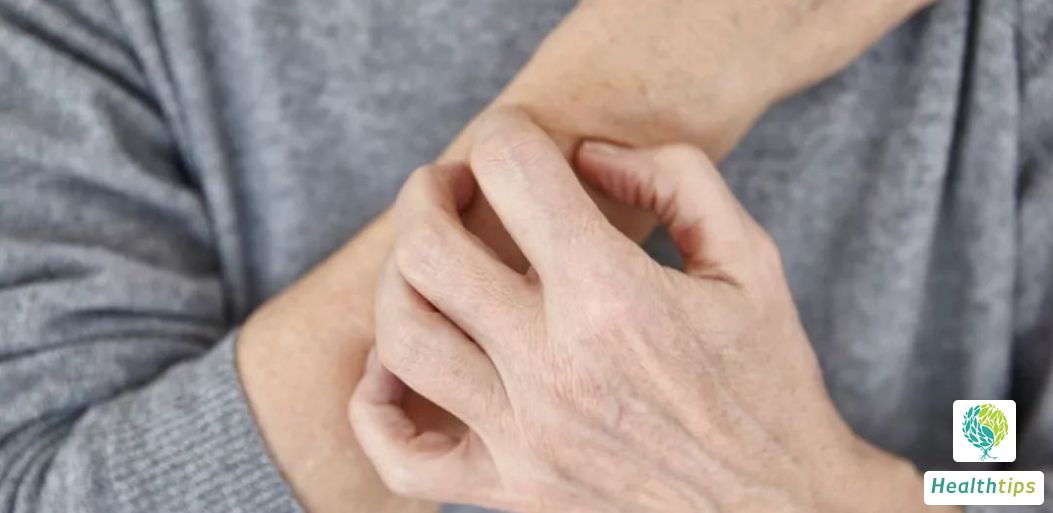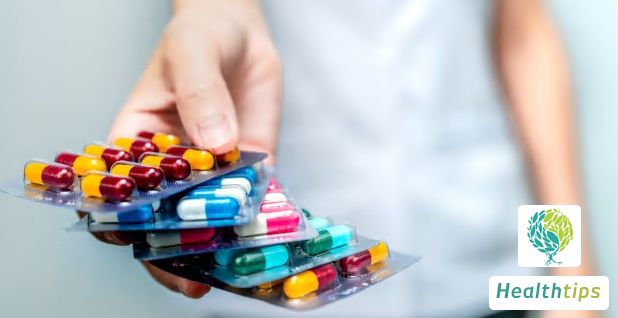Why Does My Breast Feel Slightly Painful?
Female breast soreness is a relatively common complaint, which can affect patients' lives and cause significant psychological stress. It is important to maintain regular physical exercise to promote blood circulation and strengthen the body's resistance. Additionally, it is crucial to choose the right size of bra and avoid wearing bras that are too small. There are various reasons for breast soreness, and it is important to understand the underlying causes to determine the appropriate treatment. In this article, we will explore the causes, clinical manifestations, and preventive measures for breast soreness.

The most common cause of breast soreness is breast hyperplasia. The decision to seek treatment depends on the severity of the pain. Mild pain, which is only felt when the breasts are touched, usually does not require treatment. Moderate pain may occur during activities, while severe pain may be felt even at rest. Breast soreness can also be caused by hormonal imbalances, and a comprehensive examination may be necessary to determine the underlying cause.
The clinical manifestations of breast soreness vary and may include:
- Increased soreness and sensitivity before menstruation, with pain worsened by movement and touch. The pain usually decreases significantly after menstruation.
- Pain radiating to the upper limbs, shoulders, chest, and armpits. Emotional stress, changes in weather, and excessive fatigue may exacerbate the pain.
- No significant changes in breast shape, but thickening of the breast tissue with a granular or patchy appearance, firm texture, and unclear boundaries. Associated symptoms may include irregular menstruation, short menstrual cycle, scanty menstrual flow, chest tightness, depression, and irritability.
In most cases, the symptoms may resolve spontaneously over time or disappear within 2-3 months after pregnancy.
To prevent and manage breast soreness, it is recommended to:
- Adopt a healthy diet low in fat and high in fiber, including grains, whole wheat, vegetables, and beans. Consume foods rich in vitamin C, calcium, magnesium, and vitamin B.
- Limit intake of artificial butter and salty foods, as high salt intake can contribute to breast swelling, especially during the 7-10 days before menstruation.
- Gently massage the breasts to help excess fluid return to the lymphatic system. Apply soap to the breasts and rotate fingers in a circular motion, covering an area about the size of a coin. Then gently press and release the breasts to relieve discomfort.
- Wear a supportive bra to prevent further compression of the breasts and relieve discomfort.
- Apply heat therapy using hot packs, hot water bottles, or warm baths to relieve breast pain. Combining cold and heat therapy may provide better relief.
- Maintain a healthy weight, as obesity can contribute to breast soreness and discomfort.
By following these recommendations, women can help reduce the occurrence and severity of breast soreness, improving their overall well-being.



















